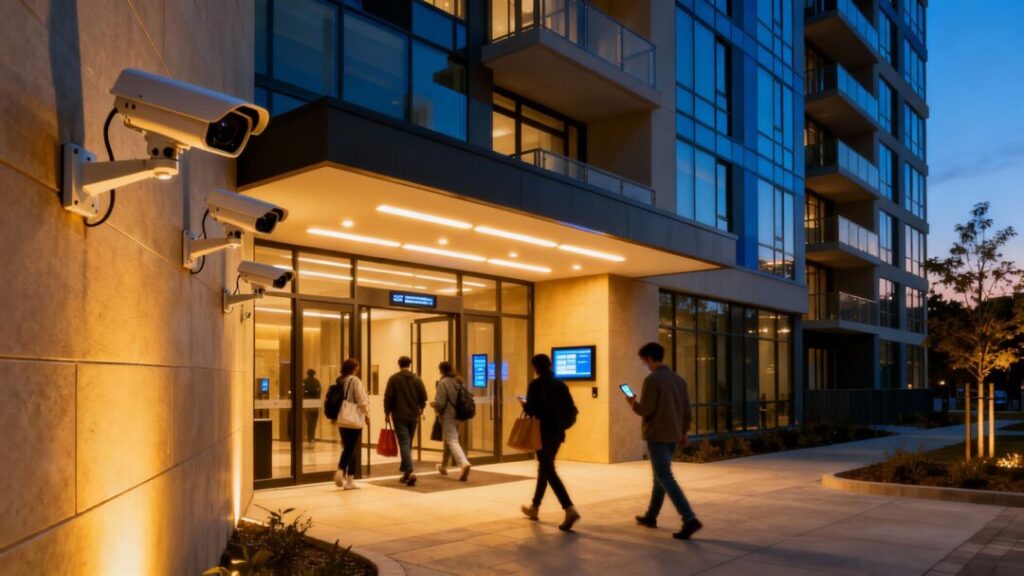Rising crime rates in several regions have prompted a fresh wave of legislative action and technology upgrades for multifamily properties across the U.S., aiming to make apartment communities safer for both residents and property owners. Key changes in counties like Prince George’s in Maryland and the state of Florida signal a shift toward comprehensive, technology-driven solutions.
Key Takeaways
- New laws in Florida and Prince George’s County, MD, require surveillance cameras and enhanced security in multifamily housing.
- Property owners face substantial fines and liability if they do not meet security compliance regulations.
- Multi-layered security—including cameras, lighting, and access controls—is now considered essential.
Regional Measures Address Rising Crime
In response to alarming increases in violent and property crimes, Prince George’s County enacted a law effective January 2024 mandating 24-hour camera surveillance at main entry points, parking areas, and garages for large apartment complexes and senior living communities. Senior housing must also now have a security guard on-site for at least 12 hours daily.
Meanwhile, Florida’s newly introduced House Bill 837 establishes a minimum set of security measures for multifamily housing, including mandatory entrance cameras, 30-day footage retention, lighting in common areas, and reinforced unit doors. These laws aim to increase accountability and reduce property owner liability in the event of crime.
Impact on Property Owners and Residents
Property owners in jurisdictions with new security obligations must invest in significant upgrades:
- Surveillance Systems: Continuous video monitoring at key locations.
- Access Controls: Implementation of digital entry codes, fobs, or keycards.
- On-Site Personnel: Security staff for senior and large-scale communities.
- Physical Safety Features: Enhanced locks, lighting, and pool gate security.
While the initial outlay for these improvements can be steep—especially for owners without existing infrastructure—local governments, such as Prince George’s County, are offering incentives like installation rebates for modern, AI-powered systems.
Residents benefit not only through improved safety, but also by having recourse in cases of non-compliance—such as the ability to file complaints or lawsuits. These dynamics create further pressure on property owners to meet or exceed minimum security standards.
Technology and Best Practices Set New Industry Standard
Modern, cloud-based security suites are quickly becoming the industry norm, enabling remote monitoring and immediate alerts for unauthorized activity. Key advancements include:
- AI-enhanced surveillance capable of identifying potential threats.
- Automated notifications for staff and property managers.
- Advanced access logs and event-triggered recordings.
- Remote system management and scalability.
Combining layered surveillance, robust access controls, and regular property assessments provides maximum effectiveness. Visible security features—paired with clear signage—enhance deterrence and reassure residents.
Moving Toward Safer Communities
The evolving security landscape in multifamily properties highlights an increased emphasis on proactive, technology-driven prevention strategies. Stakeholders who prioritize and adapt to these changes not only safeguard their investments but also elevate resident confidence and contribute to stronger, safer communities.


